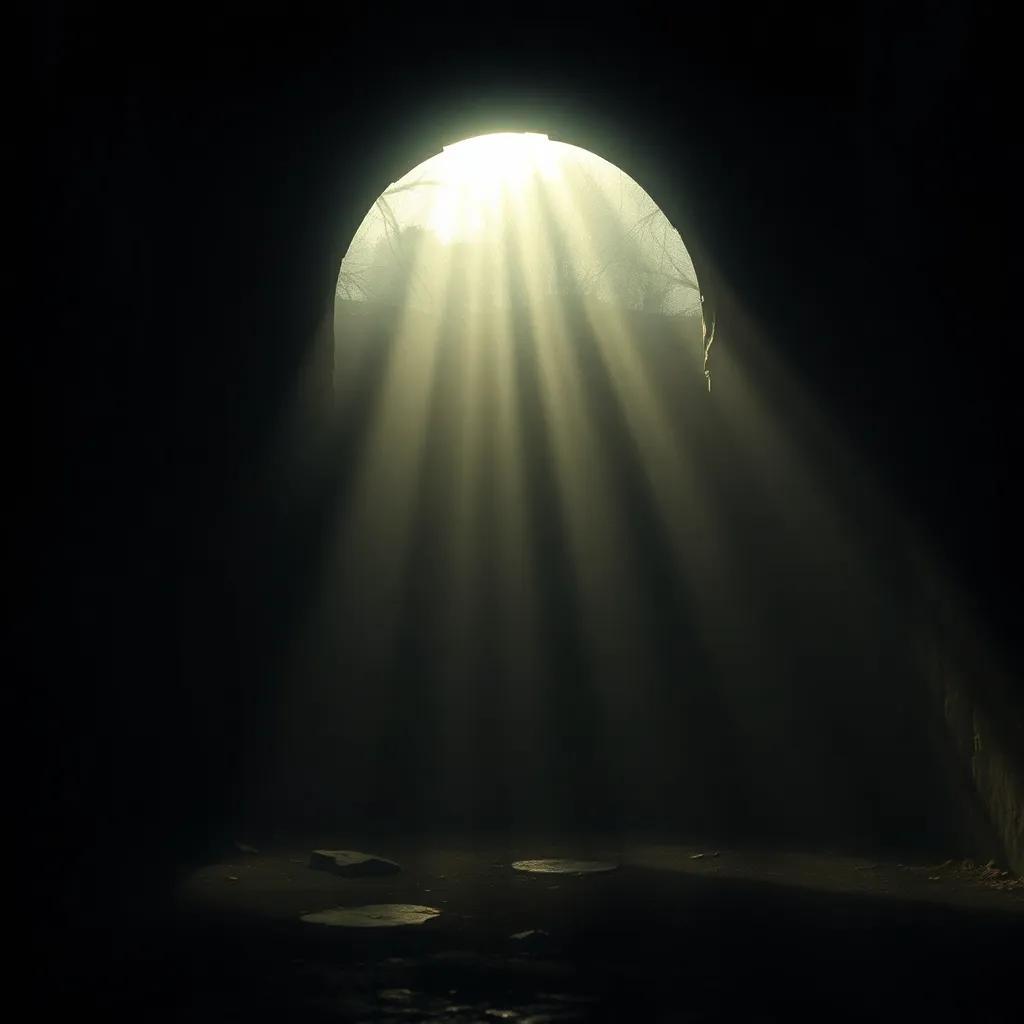Table of Contents
Imagination Meets Machines

can a robot truly harness the essence of creativity? As artificial intelligence (AI) continues to evolve,it raises critical questions about the role of machines in the creative process. This topic matters as it touches on the very core of human expression and the unique qualities that define our art. In this exploration, we’ll delve into the capabilities of AI in art creation, the ongoing debate about originality versus replication, and the emotional depth that human artists bring to their work.
AI’s Artistic Skills
AI technology is capable of producing diverse forms of art, from paintings to music compositions. By analyzing vast datasets, these machines can learn aesthetic values and mimic styles.
- Machine learning Algorithms: These systems analyze historical data to learn styles and techniques.
- Creativity in Coding: Creatives design algorithms that guide machines toward producing innovative outputs.
- Art Generation Tools:
- DeepArt: Transforms photos into artwork using deep learning.
- AIVA: Composes original music through AI-based pattern recognition.
- Collaboration Potential: AI can augment artists’ creativity, providing new tools for expression.
This collaboration often leads to unexpected results, sparking fresh ideas that human artists can build upon. As AI continues to advance, its ability to assist or even inspire human creators grows stronger, suggesting a partnership rather than a replacement.
The Originality Debate
As AI generates more art, questions of originality and authenticity arise. Can a machine truly create something original, or does it simply remix existing ideas? This distinction is crucial for both artistic value and intellectual property rights.
- Definition of Originality: originality implies a fresh outlook or unique idea, frequently enough tied to personal experiences and emotions.
AI’s Role in Originality
| Factor | Human Artists | AI Algorithms |
|---|---|---|
| Inspiration Sources | Personal experiences | Pre-existing datasets |
| Emotional Depth | Human feelings | Lacks true emotion |
| Ownership of Ideas | Artist-centered | Ambiguous, raises legal questions |
| Innovation | Bound by personal limits | Unlimited by data diversity |
Despite being able to produce visually stunning pieces, AI lacks the personal perspective that shapes human art. In this very way, the artistic community continues to navigate these complex questions, seeking to define what it means to be creative in the age of AI.
Emotional Connection
Art often serves as a bridge between personal experience and worldwide themes. While AI excels at technical execution, it struggles to forge the emotional connections that human creators naturally establish through their work.
The human experience profoundly influences creativity, enabling artists to express feelings, struggles, and joys. AI, devoid of these experiences, cannot replicate the depth found in works made by human hands.
Ultimately, art is more than visual appeal; it’s about storytelling and evoking emotion. While AI can assist in creating art, the nuanced human touch remains irreplaceable.
Artistic Evolution

In the rapidly changing landscape of art, both AI and human creativity will play essential roles. As AI technology advances,it can complement human ingenuity,leading to a collaborative future where both art forms coexist. The most crucial lesson is that creativity stems from human experience and emotion-qualities machines cannot replicate.
Consider exploring how you might integrate AI into your creative process. Are you ready to redefine art in the age of technology?



